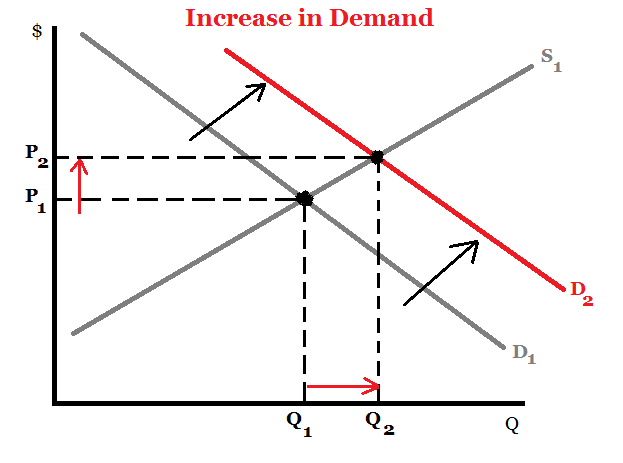So, it’s been 3 months, and you’re ready for a new toothbrush? Or maybe you need a new stick of deodorant. Maybe you accidentally shrunk your favorite shirt and you need a new one. I’m not going to tell you what to shop for, but what I am going to do is tell you how you should shop: sustainably.
Small companies are leading the way for a sustainable future. The year is 2020, and it’s time for companies to not only care about the consumer but the planet, too.
Money is everywhere. Brands like Nike and Adidas are racking in billions of dollars, profiting off of our American consumer mindset. Yes, small, eco-friendly campaigns and collections have surfaced, yet there is still no major shift in production. I mean really, how hard do you think it’d be for a billion-dollar corporation like Nike to start finding ways to cut down on C02 emissions, use eco-friendly materials, and headline a serious push for us, the consumers, to shift our gaze and look towards a sustainable future.
I’ll tell you why it’s hard: money. Big companies like to do things cheaply. Those expensive Nike’s you wear are made for cheap. Fast food is a cheap product. The manager of your local McDonald’s isn’t going to get fresh market products, it’s being delivered to the restaurant from the processing plant. There needs to be an economic shift from the consumer in order for a sustainable free market to flourish.
We dictate the products companies make.
Your dollar is the greatest form of protest, not making signs.
If we, the people of the United States, in order to form a more sustainable future, establish an eco-friendly market, ensure global prosperity, provide for the common planet, promote the green mindset, and secure habitable homeostasis; we will continue to thrive here on Earth.


Consider this to be my “Sustainability Manifesto.” I don’t believe it’s hard to live sustainably because at it’s simplest form it is a mindset. Personally, I haven’t been going out of my way to buy sustainable products, but when 3 months went by and I needed a new toothbrush, I bought a bamboo one. It gets the job done. Teeth and mouth clean and no plastic waste in a landfill. No harm, no foul. Literally. It was less than $4 too. Easy choice, easy way for me to eliminate future plastic waste. Boxed Water! Ever heard of it? Sounds a little ridiculous, right? Water belongs in plastic. Wrong! Put the water in a box and drink it all up people, the future arrives only if we allow it!
It’s possible to make the shift to sustainability on a need-be basis. When you need a new “____” (whatever it might be), try looking for a sustainable substitute. There are billions if not trillions of products out there in the world, and slowly, more and more eco-friendly products are emerging. For an economic example, let’s look at Tesla. Expensive? Yes, for now. Good for the environment, hell yes dude!


The more we buy a product, the cheaper it will become because of the high demand for it constitutes more harvesting of materials, a higher production count means more in circulation, more in circulation means lower costs, which equals a lower price, economic talk, ya-da-ya, beep boop beep.
Guys. I’m not an economics major, I dropped out of college and this stuff makes sense to me. It makes sense to support brands and companies that care about us, the consumer, and the planet, our home. So why aren’t you?



